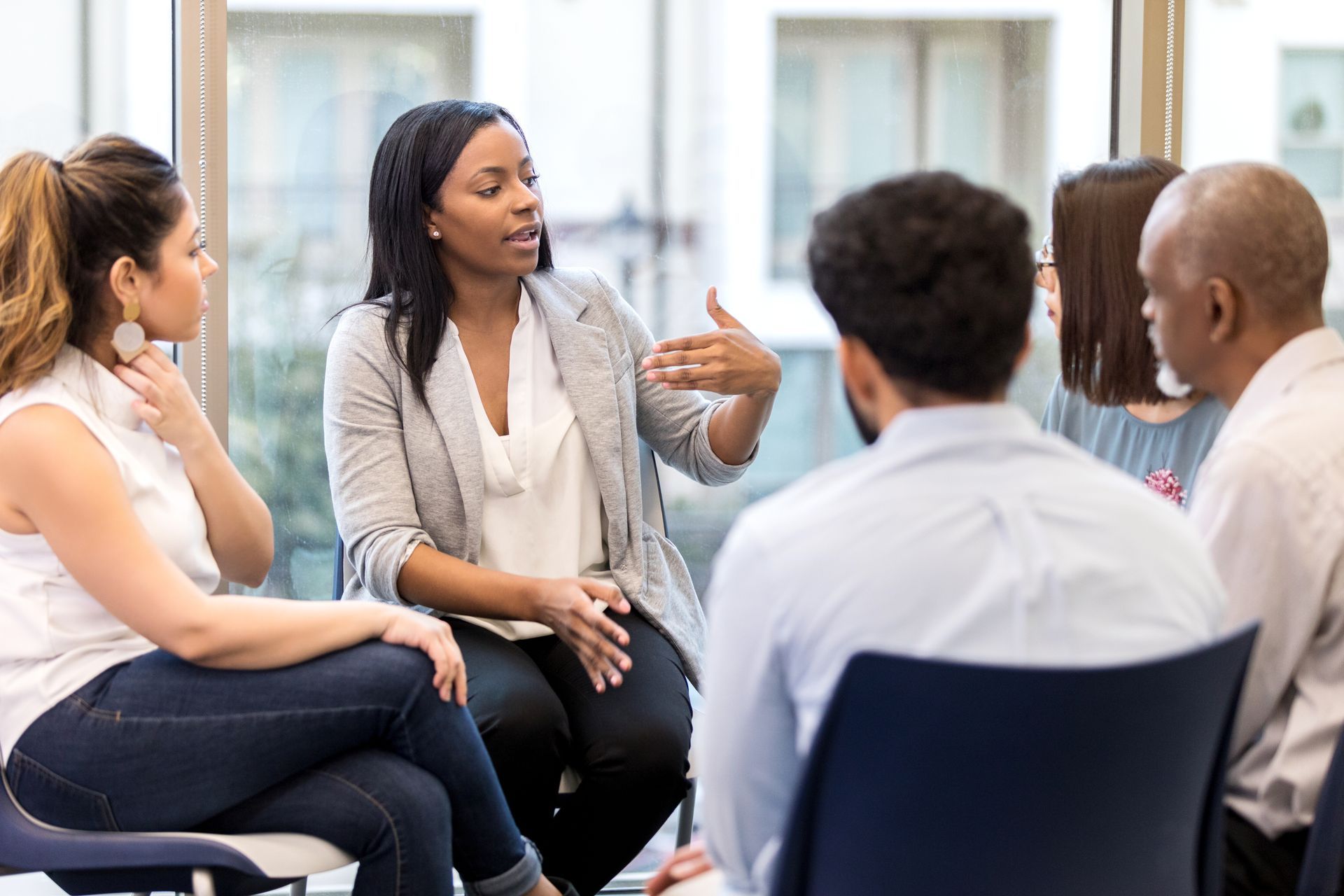Codependence and Independence
Share Post
Codependency, Independence & Why Both Harm Healthy Relationships

Codependency, Independence & Why Both Harm Healthy Relationships
Codependency and independence seem like opposites, yet in relationships they’re equally dysfunctional. Codependency grew out of addiction work and often looks like enmeshment—people who lose themselves in others, taking responsibility for everyone’s feelings, moods, and behaviors. Independence, on the other hand, is often celebrated as rugged self-reliance, but in relationships, it creates distance, emotional unavailability, and a lack of intimacy.
Both stances prevent true connection. One collapses into others; the other walls off from them.
Which one shows up for you?
If you immediately thought about someone else, that’s a sign of codependency. If you tend to withdraw, dismiss feelings, or avoid relational conversations, you may lean toward independence. Even independent people crave love—they just struggle to share their inner world.
What Intimacy Really Is
Many codependents mistake intensity or caretaking for intimacy, losing themselves in another person’s emotions and needs. Independent types often chase intensity through achievement or thrill but avoid emotional closeness. Neither pattern creates intimacy.
Why Interdependence Is the Goal
Interdependence is the healthy middle:
- You know your own thoughts, needs, and feelings.
- You respect others’ realities without absorbing them.
- You can connect without collapsing, and separate without disconnecting.
Healthy adults consider themselves first (that’s self-responsibility) and then make space for the other—without trying to predict, fix, or control. Interdependence honors two whole human beings in relationship.
Will Interdependence Meet My Needs?
Often, yes—because secure, grounded people naturally give and receive more freely. But partners aren’t responsible for healing your childhood wounds. Whole, responsible adults learn to meet their core needs themselves rather than hoping a partner will rescue them or fill old emotional gaps.
This creates freedom—and from that place, real intimacy becomes possible. Two whole people can finally turn toward each other and share their inner worlds, creating what I call Relational Joy.
You Can Learn This
Your current relational style isn’t your fault. It comes from temperament, trauma history, and the relationship models you were shown. But you can learn interdependence.


